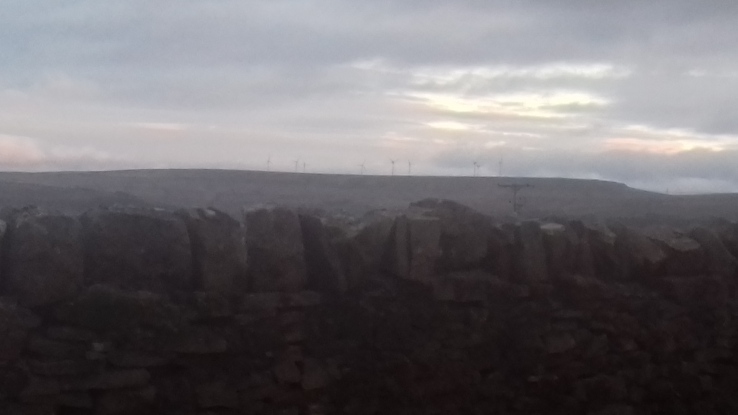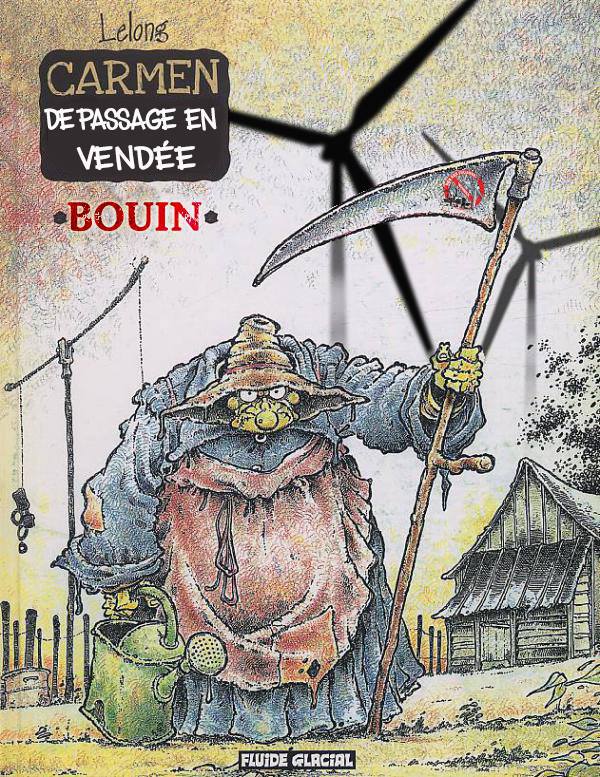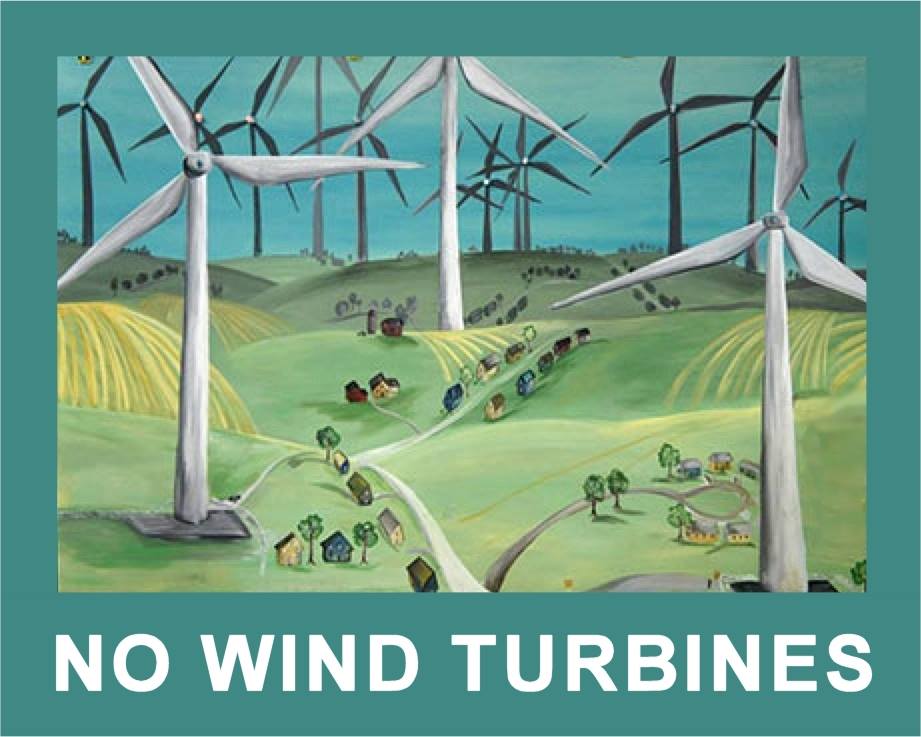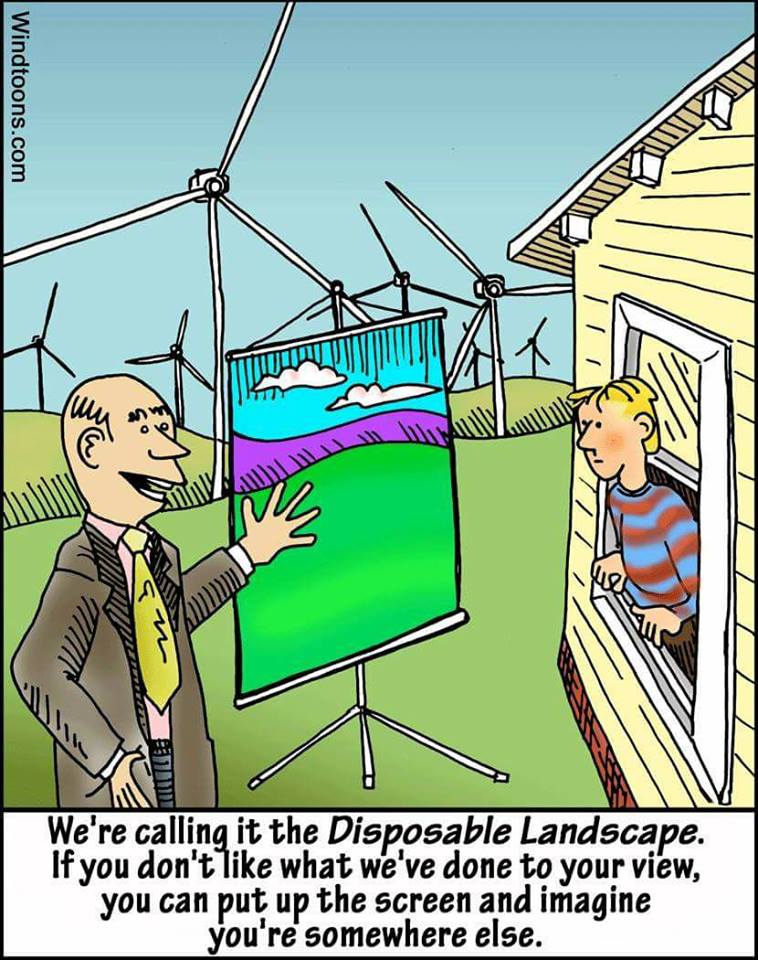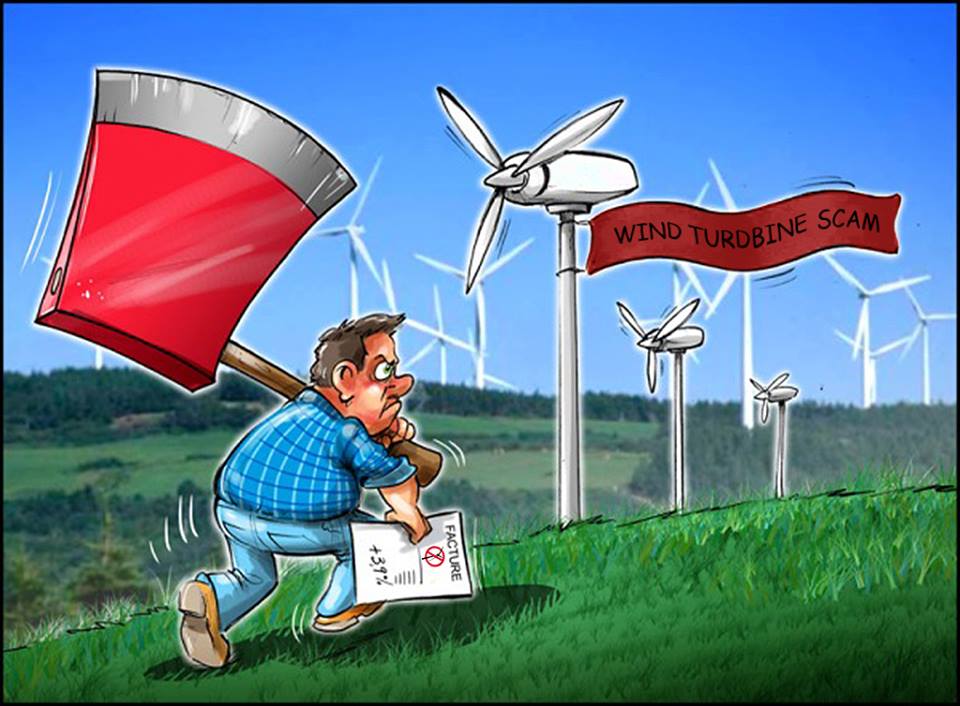
Regular readers will know that I have three Golden Rules: (1) the purpose of my blog is Education; (2) I don’t make personal insults, and (3) I always give people the right to reply, preferring two-way dialectic to one-way ranting.
I won’t be breaking any of those Golden Rules today, so when I kick off this entry by describing Lesley Griffiths as a corrupt/stupid woman, it’s not an insult so much as some rudimentary education for her: “This is what people think of your seemingly insane actions, Lesley. You’ve made a decision so crass and illogical that the only rational explanation must be some kind of personal gain, ergo you have acted in EITHER a grossly stupid OR a grossly corrupt manner. Which is it? You tell me!”
You all know by now, my rhetorical brutalism is a method of helping wind scammers learn kinesthetically about the emotional impact of their actions. As always, Ms Griffiths has the right to reply and I welcome a two-way discourse should she wish to engage. Until I get any answers, however, I will refer to comments she has made publicly.
So why is Lesley Griffiths such a clueless halfwit/duplicitous fraud then? Because her recent behaviour has proven that she is STILL stuck in that pre-2016 paradigm, based on high-level politicians and bureaucrats feeling they have the ability to steamroller over local opposition: in this case virtually unanimous opposition to the truly vile Hendy Wind Farm proposal.
NO, LESLEY, NO! It’s no longer the 90s. People aren’t fooled by the greenwash any more. Communities are more radicalised nowadays, ready and waiting to fight the wind scam with firearms and explosives, in order to protect their communities from unwanted wind blight. (Of course I’m not condoning illegal activity, just reporting that it occurs more and more these days).
I can barely bring myself to type, so offensive is Ms Griffiths’ insensitivity to matters of the environment. To have this nauseating old hack pontificating about “green” “energy”, whilst at a stroke both trashing unspoilt green landscapes and de-energising thousands of Welsh residents, is a symptom of how badly awry the Labour Party has veered away from its pro-nature roots.
(Again, I stress, calling Ms Griffiths a “nauseating old hack” is not a personal insult, it’s a factual description that her words have literally brought me closer to vomiting than had she not said them; “old” refers to her tired, dated greenwashing spiel, and “hack” refers to her tree-chopping, planet-destroying policies. So these are facts, not insults.)
Let me provide some education: somehow Lesley Griffiths has a position of power within the Welsh Labour Party. She is the Assembly Member for Wrexham, and Welsh Cabinet Secretary for Energy, Planning and Rural Affairs. Poor, poor Wales. It’s getting hammered left, right and centre by the wind industry, just like Scotland. Only England’s Conservatives are now, somewhat too late, standing up for this green and pleasant land. And England too would be under threat, should the post-Agenda 21, countryside-loathing Labour Party get into power, turning its back on all the good work the party did in the first half of the twentieth century. Labour’s more recent aim seems to make the countryside uninhabitable, to keep us all safely confined to the metropolitan bubbles.
I’m working on a full letter to John McDonnell, Labour Deputy, reminding him of the Communist roots of the rambling movement, a plea to the party to return to its pro-outdoors origins. Meanwhile, here’s some more information about Hendy Wind Farm.
https://www.bbc.co.uk/news/uk-wales-45991694
Like many of these proposals, the site is on Open Access Common Land. EVERYONE – local communities, local councils, local conservation groups, even the Planning Inspectorate themselves, rejected the wind farm for the usual, perfectly logical reasons: unacceptable damage to the local environment, unacceptable impact on people, animals and wildlife, unacceptable harm to the health and well-being of people for miles around.
JUST ONE WOMAN – Ms Griffiths – had the sheer arrogance and total contempt for everyone affected to overturn all these people and approve the wind farm against their wishes and without their consent. Does Ms Griffiths enjoy plucking the wings of butterflies, one wonders? Is she the type of woman who enjoys sticking a cat in a microwave? Her actions certainly indicate the kind of person who derives perverse pleasure from torturing living beings.
How on earth can Ms Griffiths claim the handover of Welsh common land to a Scandinavian energy corporation is in any way left-wing, socialist or in the best interests of Wales? How on earth are Ms Griffiths’ actions “for the many, not the few”?
If you’re in the Wrexham area, why not pop by Ms Griffiths’ office and give her some feedback? I’m sure she’ll be delighted to hear from you!
Lesley’s Office Address:
Vernon House
41 Rhosddu Road
Wrexham
LL11 2NS
EDIT:
By chance, I found myself in Wrexham this afternoon. Don’t worry, I wasn’t stalking Lesley Griffiths. I just had a couple of hours to kill before starting a late shift near Chester, so I took a scenic drive around some of the area’s beautiful, unspoilt scenery. The stunning Horseshoe Pass is like a taste of Snowdonia in miniature, with slate-filled slopes dropping steeply down to the roadside. From the top of the pass, looking northwest, I got my first ever glimpse of the infamous Clocaenog Forest Wind Farm. Ugh!
I look at the photos and read the text of articles like the one above, and I do wonder if the characters involved are the same species as me and my Wind Warrior friends. Sure, they appear to have two eyes, a nose, a mouth and two ears, just like me, but their actions and attitudes are about as alien and illogical to me as a lifeform from Saturn. They are literally congratulating themselves on how much concrete they’ve successfully dumped over the site of an ex-forest, for crying out loud!
Most sinisterly, they’re taking schoolkids along to view the eco-destruction for themselves. And nobody seems the slightest bit bothered.
These Wind NPCs (they’re barely functioning humans) do not even register the slightest flicker of cognitive dissonance about the industrial-scale deforestation and desecration they’re inflicting upon our natural Earth.
They’re even boasting about it!!!
I don’t encourage the use of firearms and explosives as a method of higher level education for these pondlife (LARTing, we call it in IT); but I sure as hell understand why people less able to express themselves linguistically than myself are driven to acts of defensive aggression. I empathise, indeed I sympathise with them.
Have I been too harsh on poor Lesley Griffiths? I always worry that I might come across as a horrible person when I’m really not – it’s quite literally ONLY wind blight that brings out this side of my character! I shock even myself with the level of anger wind turbines arouse in me, the blog keeping track of these emotional disturbances and their root causes.
I’ll just say it once more, should anyone have missed it: I am a gentle, law-abiding, hard-working, creative soul, who ONLY gets triggered by the brutal impact of wind turbines on my mental health and emotional well-being. I’m as curious as anyone to understand the nature of what wind turbines do to me (and plenty of others). I WANT to support “clean, green” energy, but when I see the reality of what wind turbines do to the environment, it has a very bad physiological effect on me.
And that’s the point of blogging: to describe these negative effects openly and honestly, and then ask for my readers’ help in making sense of why this should be happening.. It’s just words and ideas for debate and discussion after all. As with all the victims of my rhetorical brutalism: they started it with their pro-wind, anti-democratic actions. I’ve simply reflected back at them their own bad karma.
You’ve upset a lot of people, Lesley, and my blog is all about letting you know how it feels. Now I’ve said my piece, I offer my hand in friendship, should you wish to take part in a constructive dialogue about your decision to overrule the public and wave through the unwanted Hendy Wind Farm.




